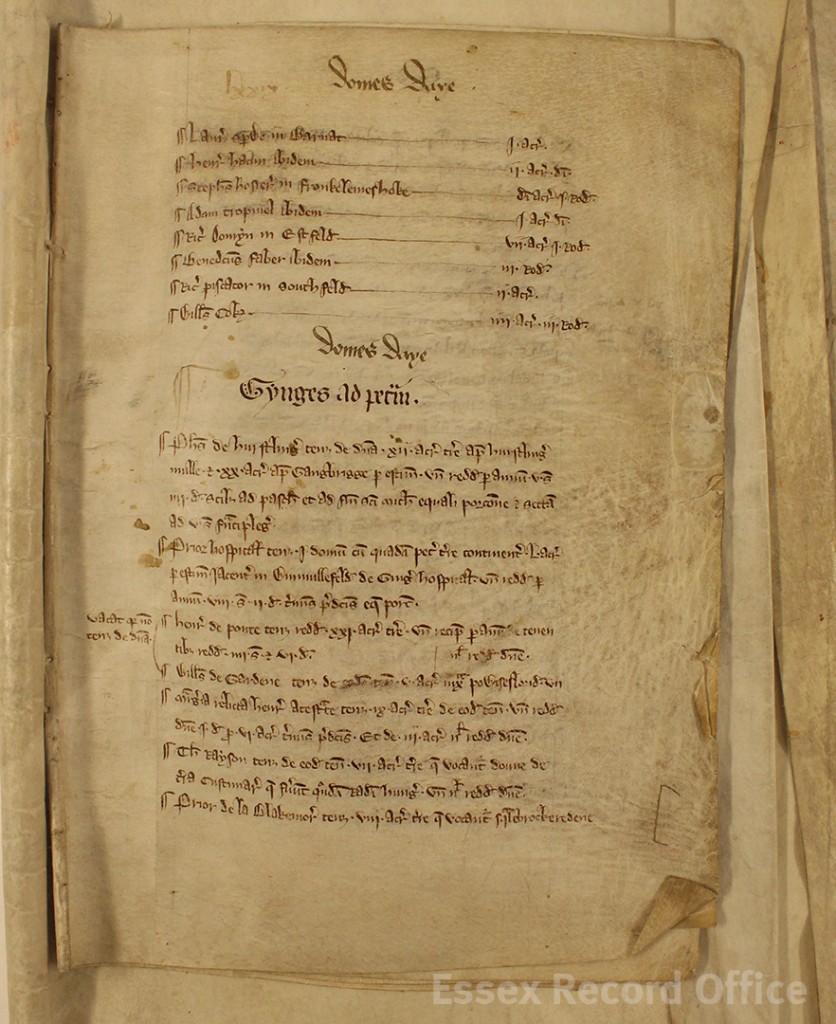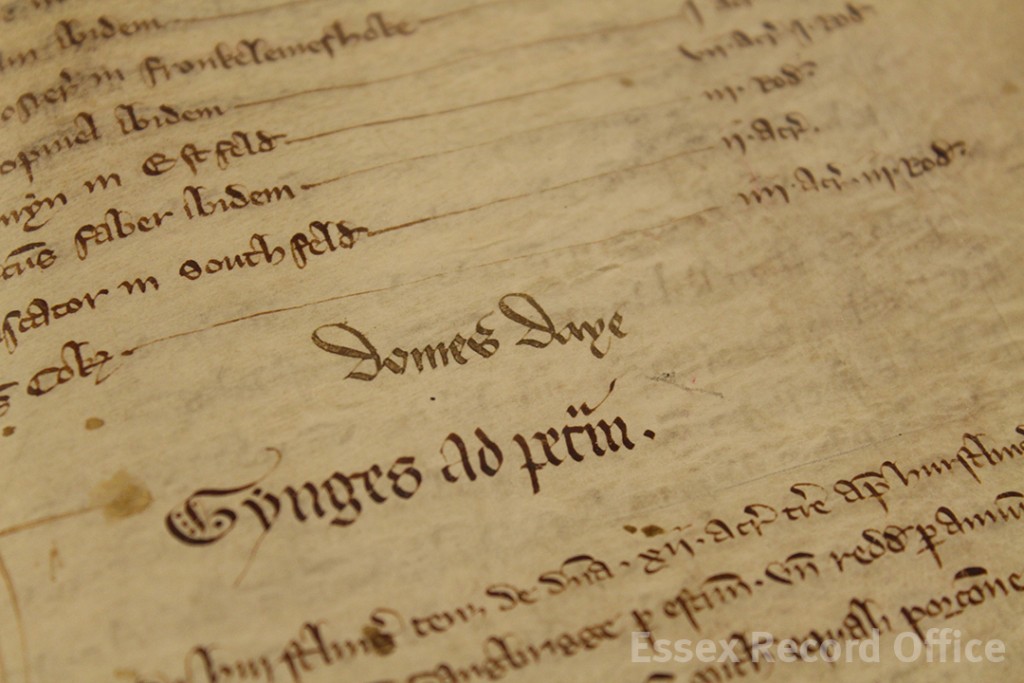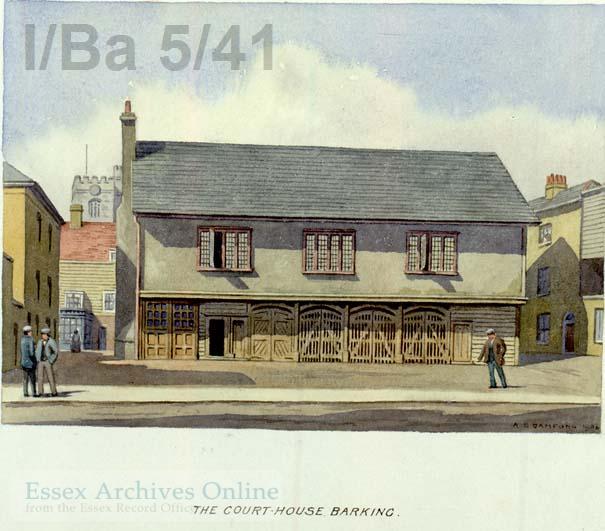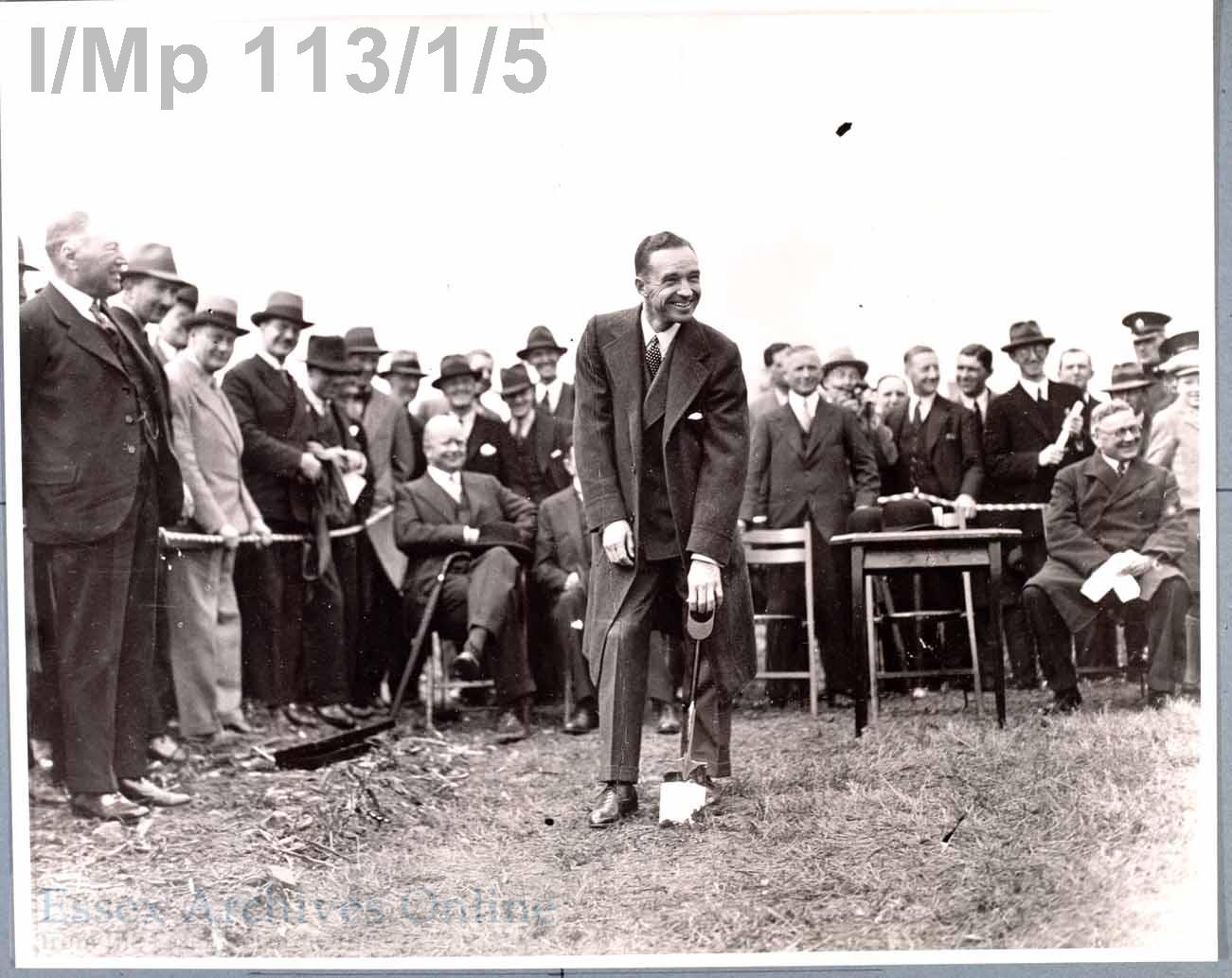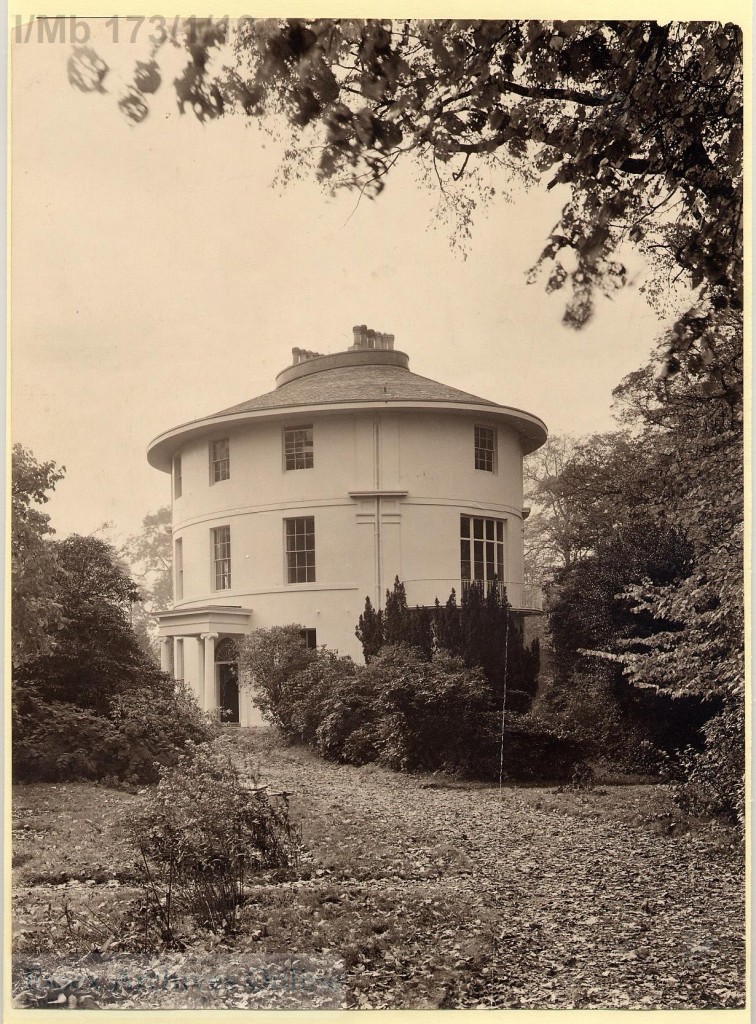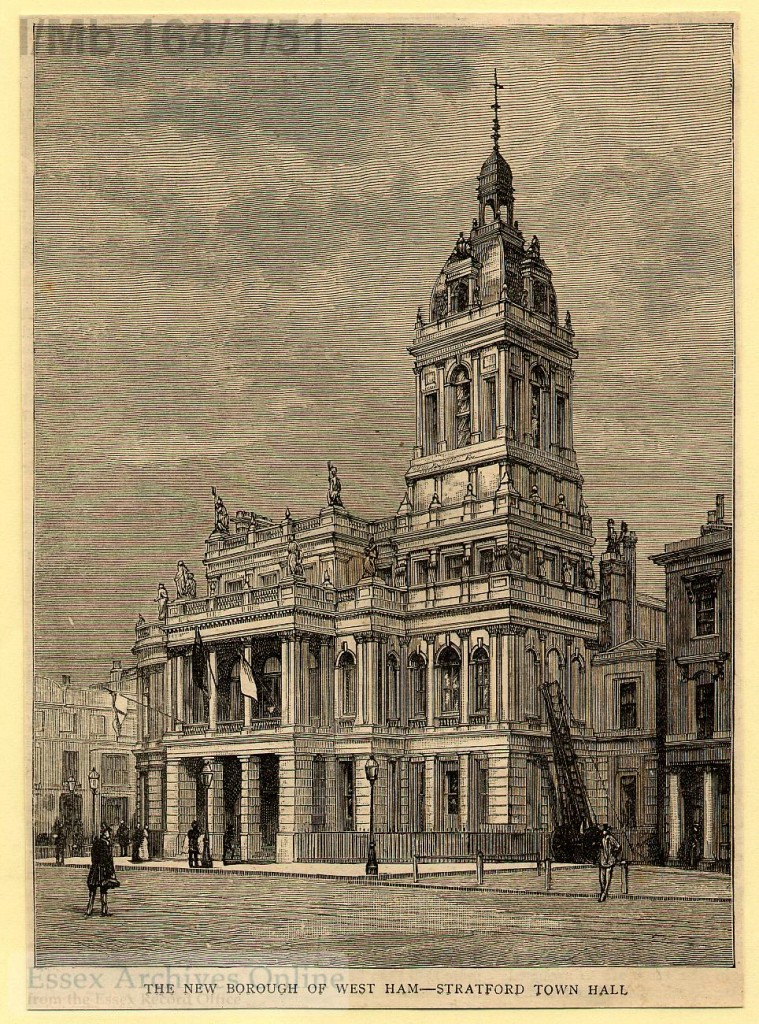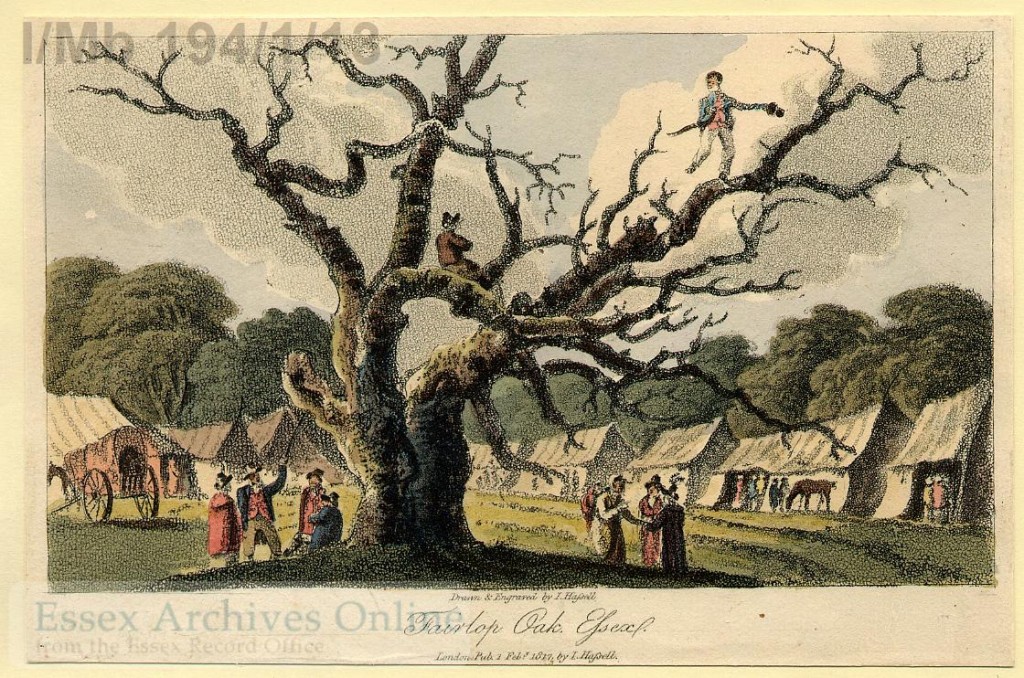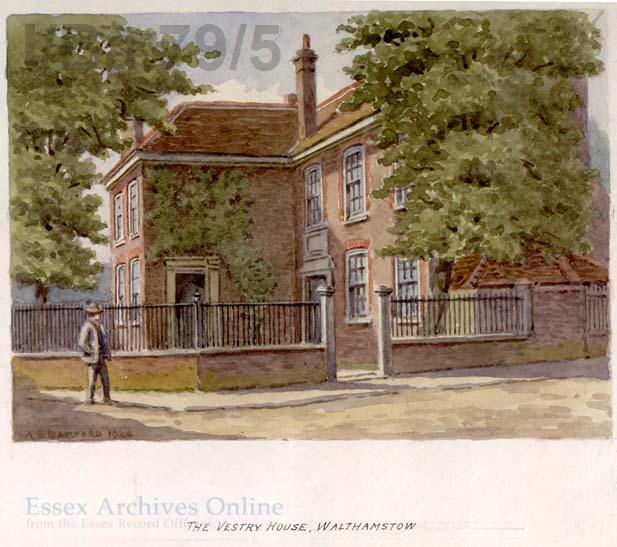Lawrence Barker, Archivist
250 years ago, on 25 August 1768, Captain James Cook of the Endeavour embarked from Plymouth on his first voyage of discovery to the South Pacific to observe the transit of Venus. In so doing, he left behind Elizabeth his wife of nearly 6 years and their first 3 children. It has been calculated that the couple spent a total of just four years together out of 17 years of marriage.
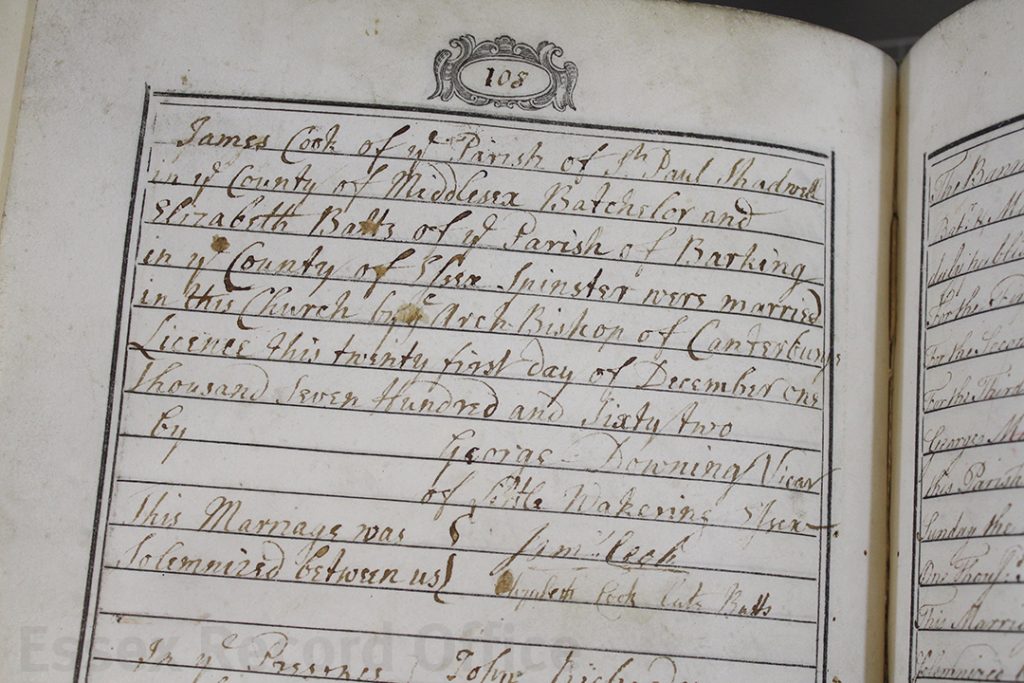
Record of the marriage of Captain James Cook to Elizabeth Batts in 1762 in the Barking parish register (D/P 81/1/10). Both have signed their names; the fact that Elizabeth was literate enough to do so is an interesting detail.
This month’s document, a marriage register (D/P 81/1/10), records their marriage at St Margaret’s church, Barking on 21 December 1762. James Cook lived further up river at Shadwell and Elizabeth (née Batts) was the daughter of the inn-keeper of The Bell at Wapping. Cook was fourteen years older than Elizabeth who was aged just twenty. As neither of them belonged to the parish of Barking, they were married by licence of the Archbishop of Canterbury by George Downing, the vicar of Little Wakering in Essex (it is thought that Elizabeth Batts knew Downing who was also chaplain of Ilford Hospital).
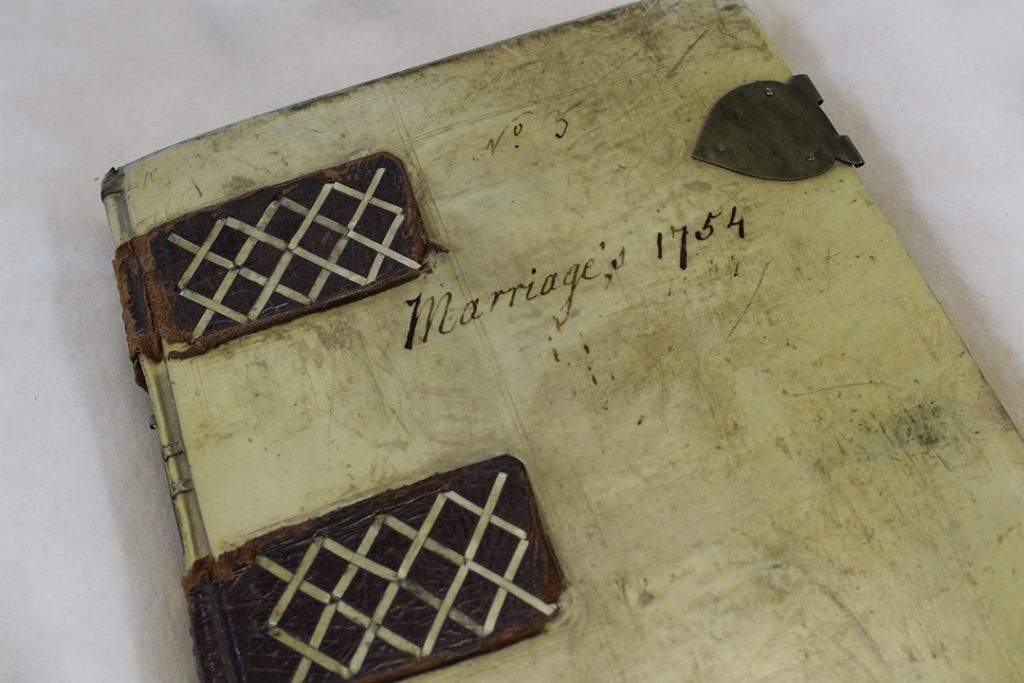
The front cover of the register
Altogether, they had 6 children, three of whom died in infancy. Of the others, two went to sea like their father. Nathaniel was lost aged sixteen in 1780 in the Thunderer, which foundered with all hands in a hurricane in the West Indies, and their eldest James (a commander and the longest lived) was drowned in 1794 whilst trying to board his sloop in a storm. Meanwhile, their youngest, Hugh, died of scarlet fever in 1793 aged seventeen whilst he was a student at Cambridge. James Cook, of course, was murdered by enraged natives in Hawaii whilst on his third and last voyage in 1779. Consequently, there are no direct descendants of James Cook.
So, Elizabeth Cook was not only a widow but had lost her whole family by 1794. And she was to outlive them by another 40 years as she died aged ninety three in 1835 and was buried alongside her sons, James and Hugh, in the church of St Andrew the Great in Cambridge which contains a monument to the whole family.
The register will be on display in the ERO Searchroom throughout October 2018.
If you are interested in finding out more about Captain Cook and Elizabeth Batts, you might want to take a look at another document in our collection – an essay by Derek Simmans entitled ‘The mystery of the marriage of Captain James Cook to Elizabeth Betts [Batts] on 21st December, 1762’ which is catalogued as T/G 437/3, and which you can search for on Essex Archives Online.

